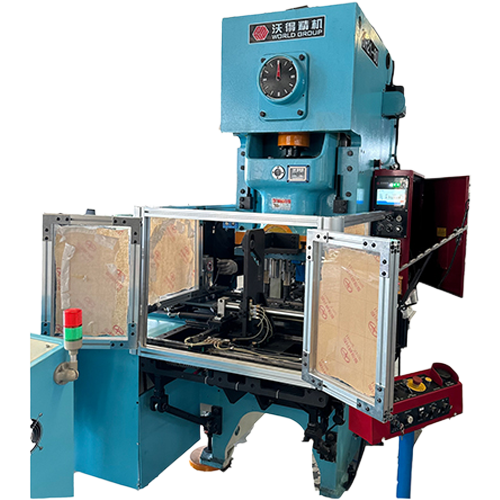How to evaluate the performance and quality of automatic winding and sealing machines?
Evaluating the performance and quality of automatic winding and sealing machines is a key step in ensuring efficient production line operation and product packaging quality. Here are some common methods and metrics that can be used to evaluate the performance and quality of automatic winding and sealing machines:
Packaging speed and production capacity: Packaging speed is one of the important indicators to measure the performance of automatic winding and sealing machines. Faster speed means shorter production cycles and higher production capacity to meet changing market demands.
Sealing quality: Sealing quality is directly related to the packaging integrity and protection performance of the product. When assessing the quality of the seal, it is necessary to check whether the seal is secure and tight, and whether there is air or liquid leakage. Through qualitative and quantitative analysis of sealing quality, the sealing performance of automatic winding sealing machines can be evaluated.
Stretch uniformity: Automatic packaging machines typically stretch the packaging material during the packaging process to ensure that the package fits snugly against the product surface. Evaluating stretch uniformity can check whether the material is stretched evenly, thereby avoiding packaging quality problems caused by uneven stretching of the material.
Stability and reliability of equipment: The stability and reliability of equipment is one of the important indicators for evaluating equipment quality. Stability refers to the stable performance of equipment during long-term operation, while reliability refers to the frequency of equipment failures during production and maintenance needs. By testing and evaluating the stability and reliability of the equipment, it can be determined whether the equipment can meet production needs and have a good service life.
Operating convenience: Equipment operating convenience is one of the important aspects in evaluating equipment performance. Operational convenience refers to whether the equipment is easy to operate and adjust, and can be quickly adapted to different production needs. By evaluating the device's operating interface, adjustment methods, and human-computer interaction methods, the device's operating convenience level can be determined.
Energy consumption: Energy consumption is one of the important aspects in evaluating the performance of automatic winding and sealing machines. Energy-saving equipment can effectively utilize energy resources, reduce production costs and reduce environmental impact. By evaluating the energy consumption level of the equipment, its energy-saving performance can be determined and energy cost analysis can be performed.
Applicability and flexibility of the product: The suitability and flexibility of the equipment is one of the important indicators for evaluating its performance. Equipment that can be adapted to a variety of product types and sizes can meet different production needs and have high production flexibility. By evaluating the suitability and flexibility of equipment, it is possible to determine its scope of application and the degree of production flexibility.
Recommended Products


 EN
EN
 中文简体
中文简体 English
English













